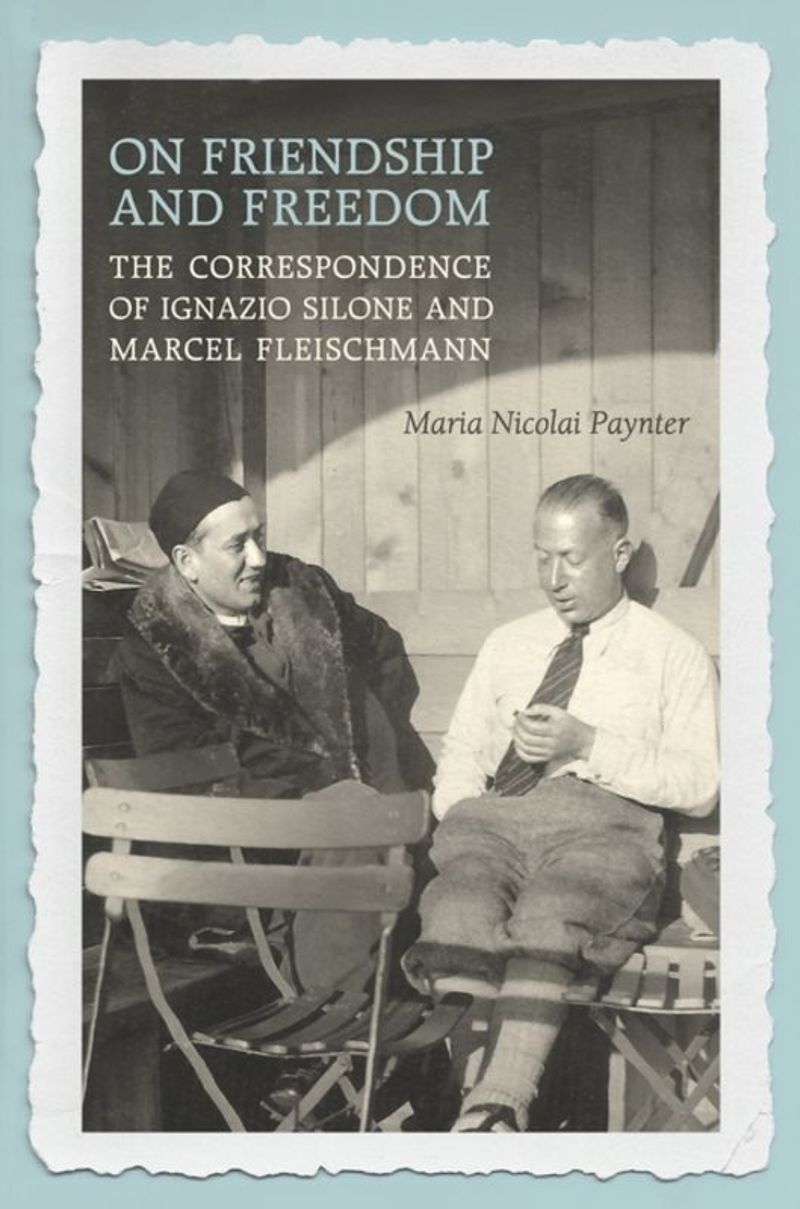Friendship and Freedom
Friendship and Freedom, a groundbreaking publication of significant import, embarked upon capturing the attention of the American reading audience in 1921. Published by the Young Women's Christian Association (YWCA), it traversed a pioneering path, serving as a beacon of allyship for Black and white women in the pursuit of racial equality.
Instigating crucial dialogue between different racial groups, Friendship and Freedom emerged as a compelling voice in the push for racial harmony during the pivotal era of the 1920s. It unfolded an unpreceded bridge of communication, aiming to disintegrate the prevalent racial barriers that marred the American landscape of the time.
Every issue of Friendship and Freedom bore testimony to resolute efforts in fostering interracial understanding. This was remarkably evident through its variety of articles, personal narratives, poetry, and news briefs. The content represented a diverse array of voices, standing as a testament to the shared aspiration of racial unity.
Another crucial stride that Friendship and Freedom undertook was its explicit attention towards the acknowledgement and understanding of the 'Negro problem.' Through a series of enlightening features and discussions, the magazine strove to sensitize its primarily white readership about the deplorable racial struggles faced by their Black counterparts.
The editors of Friendship and Freedom employed a unique editorial tactic. Rather than claim a firm stance on particular issues, they utilized a more subtle approach, channeling their agenda through illuminating narratives, thought-provoking commentaries, and discrete, symbolic illustrations. The objective was to inspire self-reflection and foster individual interpretation among the readers.
The magazine also unabashedly provided a steady platform for the display of Black excellence. It routinely honored Black contributors and highlighted their accomplishments in various arenas - education, arts and literature, women's rights, and civil rights advocacy. Such representation worked towards dismantling racial stereotypes and cultivating respect and appreciation for Black culture and intellect.
Although Friendship and Freedom was only in circulation for under a year, its influence permeates the annals of American periodical history for its audacious pursuit of racial harmony. Indeed, its legacy remains, serving as a tantalizing mirror to an era of crucial racial discourse and marking an early endeavor towards forging a path of racial understanding and unity in America.{{Categories}}